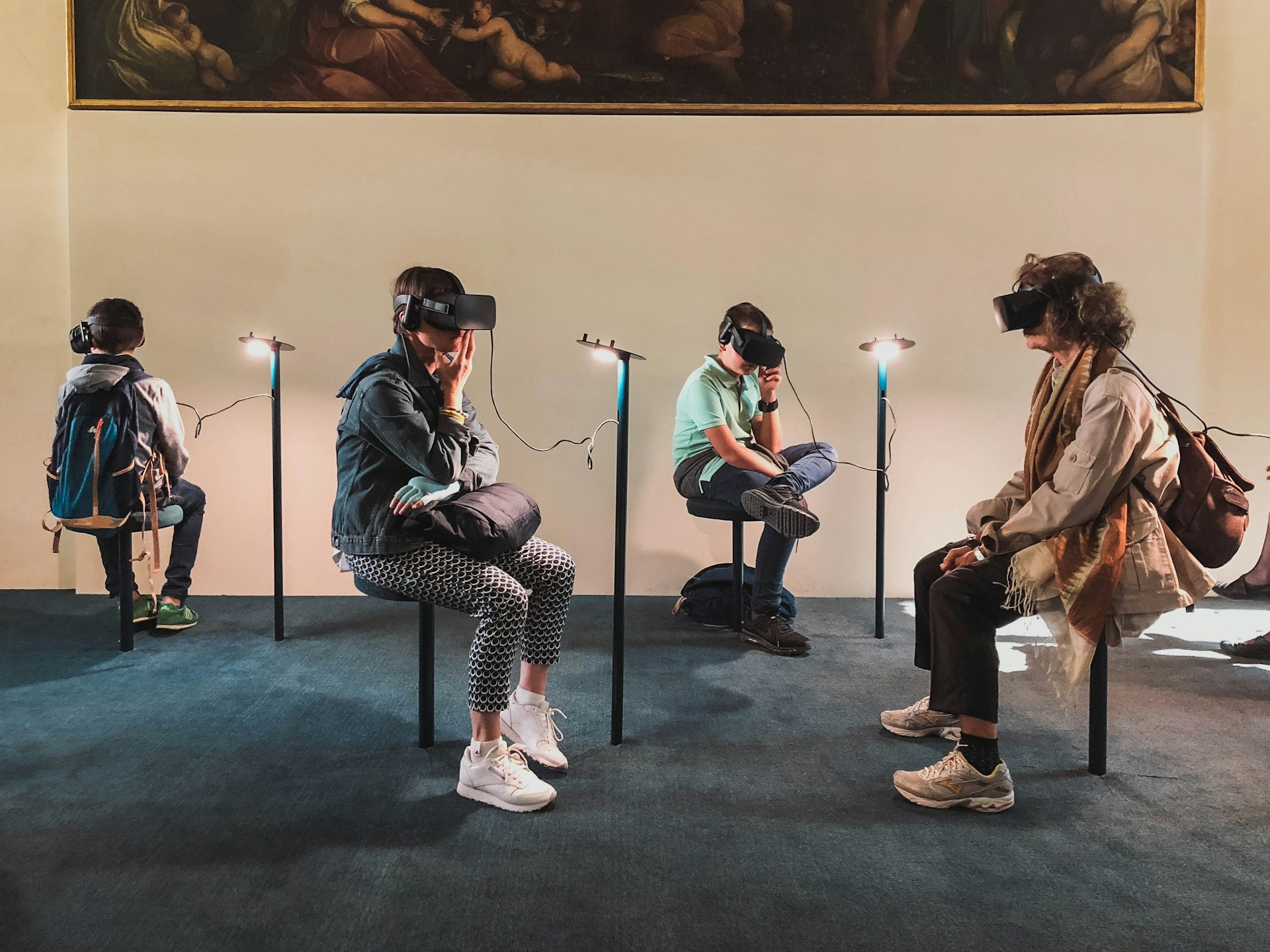Advertising is evolving at a rapid pace, driven by innovative technologies that are reshaping the way brands connect with consumers. Among these transformative technologies, augmented reality (AR), blockchain, and the Internet of Things (IoT) stand out as game-changers in the advertising industry. A notable statistic for 2024 is that augmented reality (AR) advertising spending is forecasted to surpass $8 billion globally, reflecting its rapidly growing role in engaging consumers in immersive brand experiences. This surge in AR advertising investment highlights how significantly these emerging technologies are revolutionizing advertising strategies and enhancing consumer interactions, by providing more interactive and personalized ad experiences. Let’s delve into how these technologies are making an impact in the advertising world.
Augmented Reality (AR): Bridging the Gap Between Virtual and Physical Worlds
Augmented reality has gained significant traction in recent years, offering immersive experiences that blend the virtual and physical worlds. AR overlays digital content onto the real environment, providing users with interactive and engaging experiences through smartphones, tablets, or AR-enabled devices.
In advertising, AR is redefining traditional marketing campaigns by offering consumers an interactive way to engage with brands. From virtual try-on experiences for cosmetics and apparel to interactive product demonstrations, AR enables advertisers to create compelling and memorable experiences that drive customer engagement and purchase intent.
For example, furniture retailers can utilize AR apps to allow customers to visualize how products would look in their homes before making a purchase, leading to higher conversion rates and reduced return rates. Similarly, AR-enabled packaging can provide consumers with additional information or interactive content, enhancing brand engagement and loyalty.
Blockchain: Transforming Transparency and Trust in Advertising
Blockchain technology, best known for its association with cryptocurrencies like Bitcoin, is revolutionizing various industries, including advertising. At its core, blockchain is a decentralized and immutable ledger that records transactions across a network of computers, ensuring transparency, security, and trust.
In the advertising ecosystem, blockchain holds the promise of addressing longstanding challenges such as ad fraud, lack of transparency, and inefficient intermediaries. By leveraging blockchain, advertisers can track the journey of digital ads from creation to delivery, ensuring that impressions are genuine and eliminating fraudulent activities such as bot traffic and click fraud.
Moreover, blockchain-powered solutions enable transparent and tamper-proof data sharing among advertisers, publishers, and consumers, fostering trust and accountability in the advertising supply chain. Smart contracts, programmable code stored on the blockchain, automate the execution of advertising agreements, reducing the need for intermediaries and streamlining transactions.
Internet of Things (IoT): Personalizing Advertising Through Connected Devices
The Internet of Things (IoT) refers to a network of interconnected devices embedded with sensors, software, and other technologies that enable them to collect and exchange data. IoT devices range from smart speakers and wearables to connected appliances and vehicles, creating vast opportunities for personalized advertising experiences.
In the realm of advertising, IoT enables brands to deliver targeted and contextually relevant messages to consumers based on their preferences, behaviors, and real-time data. For instance, smart billboards equipped with sensors can adapt content based on factors such as weather conditions, traffic patterns, and demographic information, optimizing ad relevance and impact.
Furthermore, IoT-powered devices such as wearables and connected cars provide advertisers with valuable insights into consumer behavior and preferences. By leveraging data collected from IoT devices, advertisers can create hyper-targeted campaigns that resonate with individual consumers, driving higher engagement and conversion rates.
Embracing Innovation for Future Advertising Success
As technology continues to advance, advertisers must embrace emerging technologies such as augmented reality, blockchain, and the Internet of Things to stay ahead of the curve and deliver exceptional experiences to consumers. By leveraging AR for immersive brand interactions, blockchain for transparency and trust, and IoT for personalized advertising, brands can create impactful campaigns that resonate with audiences and drive business results.
However, it’s essential to approach the adoption of these technologies thoughtfully, considering factors such as privacy, security, and ethical implications. As advertising evolves in the digital age, embracing innovation while prioritizing consumer trust and engagement will be key to achieving long-term success in the ever-changing landscape of advertising.


